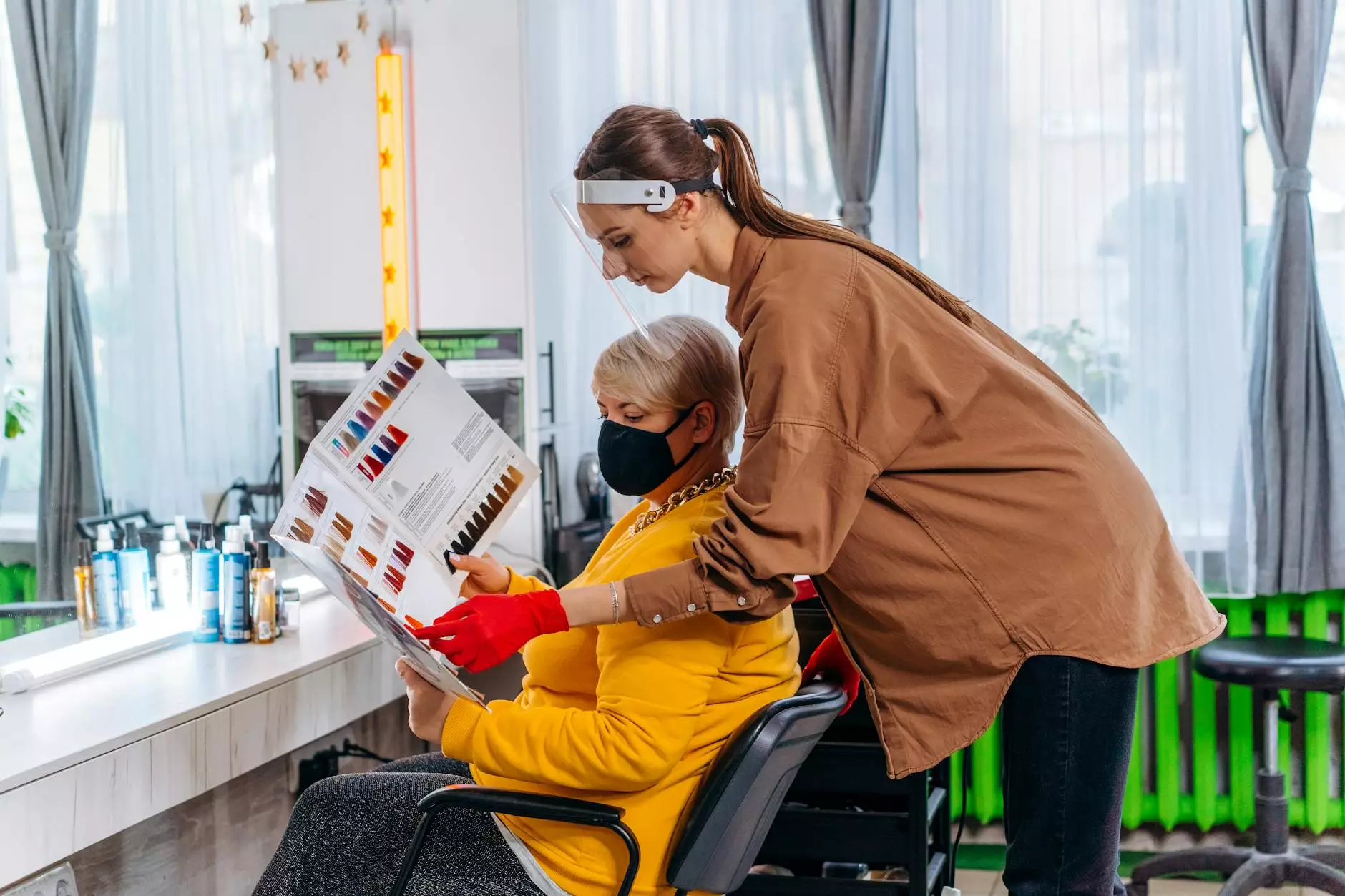Reducing Injuries In Radiologic Technologists
Health
Introduction
Welcome to Ageless Wisdom Magazine, your go-to source for valuable information in the field of radiology. In this article, we will address the crucial topic of reducing injuries in radiologic technologists. As an experienced radiologic technologist and product developer at DST Innovations, Demetria Thomas brings her expertise to guide you through effective strategies to stay safe and healthy while performing your duties.
The Importance of Reducing Injuries
Working as a radiologic technologist can be physically demanding and potentially hazardous. The nature of the job requires technologists to handle heavy equipment, maintain prolonged static positions, and be exposed to various risks such as radiation. Therefore, it is crucial to prioritize safety and adopt preventive measures to minimize injuries.
Understanding Common Injuries
In order to effectively reduce injuries, it is important to first recognize the most common types experienced by radiologic technologists. These include:
- Cumulative Trauma Disorders (CTDs) such as carpal tunnel syndrome and tendonitis
- Back and neck pain due to improper lifting techniques or prolonged standing
- Radiation-induced complications
- Musculoskeletal injuries from repetitive motions
- Eye strain and vision problems
Now let's delve into practical strategies and techniques to minimize these injuries and ensure a healthier work environment.
1. Ergonomics
Ergonomics plays a vital role in reducing injuries. Properly adjusting workstations, ensuring correct posture, and using ergonomic equipment are essential. Invest in adjustable chairs, supportive mats, and wrist braces to minimize strain on the body.
2. Regular Exercise and Stretching
Engaging in regular physical exercise and stretching routines is vital for radiologic technologists. Strengthening the core, improving flexibility, and focusing on posture can greatly reduce the risk of musculoskeletal injuries and back pain. Incorporating moments of stretching during shifts can also alleviate tension.
3. Radiation Safety
Implementing effective radiation safety protocols is paramount in protecting both patients and technologists. Stay up-to-date with proper shielding techniques, use personal protective equipment, and follow ALARA (As Low As Reasonably Achievable) principles to reduce radiation exposure.
4. Proper Lifting Techniques
Improper lifting techniques can lead to back and neck injuries. Always use your legs, not your back, when lifting heavy objects. Maintain a stable base of support and ask for assistance when necessary.
5. Eye Care
Working with screens and intense lighting can strain the eyes. To reduce eye fatigue, take regular breaks, adjust lighting conditions, use anti-glare screens, and follow the 20-20-20 rule (every 20 minutes, look at something 20 feet away for 20 seconds).
6. Mental and Emotional Well-being
It's essential to address the mental and emotional well-being of radiologic technologists. The demands of the job, exposure to trauma, and long working hours can take a toll. Practice self-care, seek social support, and engage in activities that promote relaxation and stress reduction.
Conclusion
By prioritizing safety and implementing the strategies outlined above, radiologic technologists can significantly reduce the risk of injuries and promote a healthier work environment. Remember, your well-being matters, and Ageless Wisdom Magazine is here to support and empower you in all aspects of your professional journey.
Disclaimer: The information provided in this article is intended for educational purposes only and should not substitute professional medical advice. Always consult with a qualified healthcare provider or specialist for personalized guidance.




